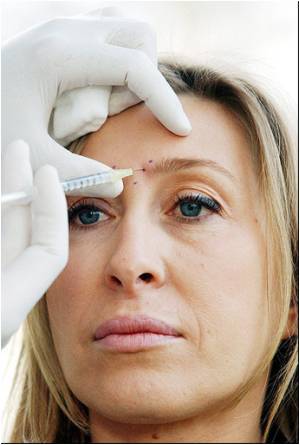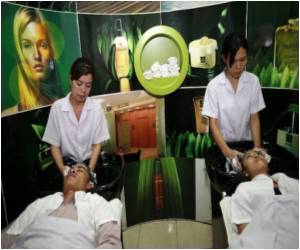Scientists have discovered new approaches to look younger and slow ageing without having to undergo surgical processes.

"Dermatologists no longer view the aging face as specific wrinkles or folds, but instead look at the face as a whole with what can be imagined as soft tissue scaffolding below the skin surface that supports the deep underlying fat," said Dr. Marian E. Northington, from University of Alabama in Birmingham.
Northington is using soft-tissue fillers to enhance and restore volume loss in the cheek area, thereby smoothing nasolabial folds (the wrinkles that form along the bottom of the nose to the corners of the mouth).
Northington's first step is to ask her patients what bothers them about their face so together they can openly decide how best to address their age-related concerns.
She explained that today deeper, thicker fillers - such as polylactic acid, calcium hydroxylapatite, polymethyl methacrylate, and hyaluronic acid can be used in large areas to rebuild the lost volume in the cheek.
"The more we learn about facial anatomy, particularly the different fat compartments of the cheek - or the superficial and deep areas of discrete fat extending toward the middle of the face - the greater precision we can bring to our ability to restore fullness, shape and contour the cheek and accomplish volumetric lifting," said Northington.
Advertisement
The fractional RF device employs heat energy, which is delivered to the dermis using fractionated bipolar radiofrequency technology.
Advertisement
"The fractional treatment patterns and unique energy delivery system of this technology hold potential for improved skin tightening and skin texture," said Northington.
Northington advised those with concerns about aging skin to discuss the most appropriate preventative strategies with their dermatologist, such as the daily use of a broad-spectrum sunscreen with a Sun Protection Factor (SPF) 30 or higher, and the latest topical, non-surgical and surgical treatment options.
Source-ANI









